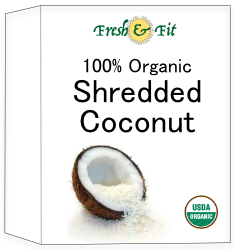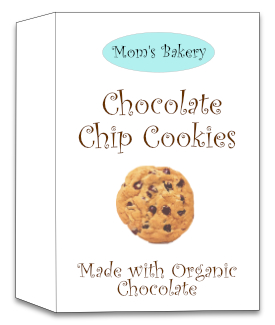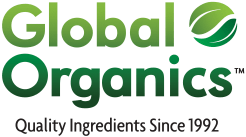4 Categories of Organic Product Labels
03.29.2016 | Author: Global Organics | Category: Organic & Sustainability, Quality & Certifications
Use of the word “organic" is regulated in the United States and backed by federal standards, which means product labeling is strictly controlled. The word cannot appear on packaging without certification according to requirements set up by the United State Department of Agriculture (USDA) and monitored by the National Organic Program (NOP). Becoming certified is a rigorous process where USDA-accredited certifying agents inspect every step in the production chain from growing to processing to packaging and labeling. Those involved must keep detailed records and undergo audits at every stage to ensure compliance with organic standards.
Once certified, there are four different categories of organic products that can be marketed to consumers:
 “100% Organic” means that the product was produced and processed using only organic methods and organic ingredients (excluding water and salt but including processing aids). These products cannot contain any ingredients from the National List of Prohibited Substances. The USDA Organic Seal is permitted on the front panel.
“100% Organic” means that the product was produced and processed using only organic methods and organic ingredients (excluding water and salt but including processing aids). These products cannot contain any ingredients from the National List of Prohibited Substances. The USDA Organic Seal is permitted on the front panel.- “Organic” means that the product was produced using only organic methods and contains a minimum of 95% organic ingredients. The other 5% of ingredients must be non-GMO and included on the National List (link) of non-organic ingredients permitted in certified organic agriculture and processing. These products may also carry the USDA Organic Seal on the front panel if they wish. The majority of organic items found in stores today fall within this category.
 “Made with organic ingredients” products contain between 70% and 95% organic ingredients. They can use the wording “made with organic ---“ and list up to three ingredients or food groups on the front panel. Unlike “organic” and “100% organic,” these products cannot include the USDA Organic Seal anywhere on the package, even though the product is certified organic. The non-organic ingredients in these products must be non-GMO and produced without irradiation or sewage sludge.
“Made with organic ingredients” products contain between 70% and 95% organic ingredients. They can use the wording “made with organic ---“ and list up to three ingredients or food groups on the front panel. Unlike “organic” and “100% organic,” these products cannot include the USDA Organic Seal anywhere on the package, even though the product is certified organic. The non-organic ingredients in these products must be non-GMO and produced without irradiation or sewage sludge.- Products with fewer than 70% organic ingredients or less can use the word “organic” to specify organic ingredients in the ingredient panel. These products are not permitted to have the USDA Organic Seal or make any front panel claims about organic certification.
It is very difficult to make a product that is 100% organic. Most products in this category are single ingredient products.
This label category is great for companies that are committed to sustainability and trying to incorporate organic ingredients into their products. “Made with” can also be used as a step towards a fully organic product (#2 above). Since the demand for organic foods is sometimes higher than the supply, it can be tricky to switch a multi-ingredient product to organic all at once. The “made with” category is a good stepping-stone for companies that are still searching for organic sources for some of their product ingredients. Companies can use their website and other marketing channels to let customers know their reasons for sourcing organic ingredients.
This is a good place to start for companies interested in moving towards organic because consumers read ingredient lists! Just like with “Made with organic” above, this shows that a company is committed to incorporating organic ingredients into their products.
For more detailed information on organic labels and labeling, click here to read the Electronic Code of Federal Regulations Subpart D on Labels, Labeling and Market Information for the National Organic Program.


